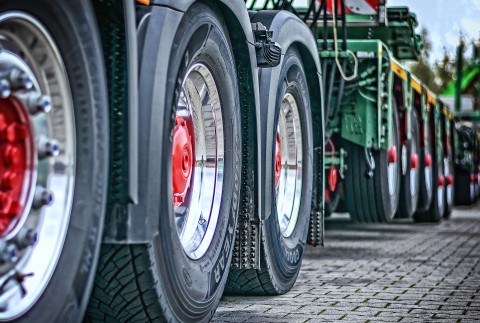Single or dual wheel assembly on trucks
Consider load index during single and dual assembly
The type of assembly also determines the load index you must consider for your tyres. If a tyre has a load index of 154/150, the first number (154) stands for the maximum load during single assembly. The second number (150) indicates the weight category during dual tyre assembly. In this case, the tyre has a maximum bearing capacity of 3,750 kg (marking 154) during single assembly and 3,350 kg (marking 150) during double assembly.
Bearing capacity of the rim
The maximum axle capacity must be supported by tyres that are actually capable of bearing such loads. An example has been provided below. A tyre with 160K is capable of bearing 4,500 kilos. If you mount such tyres on both sides, this will be perfect for an axle with bearing capacity of 9 tonnes. If the axle has a bearing capacity of 10 tonnes, then tyres of the same size, but with higher bearing capacity, must be mounted. In this case, you can, for example, opt for a tyre with 164K because they can bear 5,000 kilos. Naturally, other rims must then be mounted, otherwise they could buckle under the weight.
Like to know more?
Do you need advice? Please contact us, our experts will be pleased to assist you. Contact our experts at +31 (0)523 - 850 850 or by e-mail to info@heuver.com. You can also read all about trucks on the truck knowledge-page.

